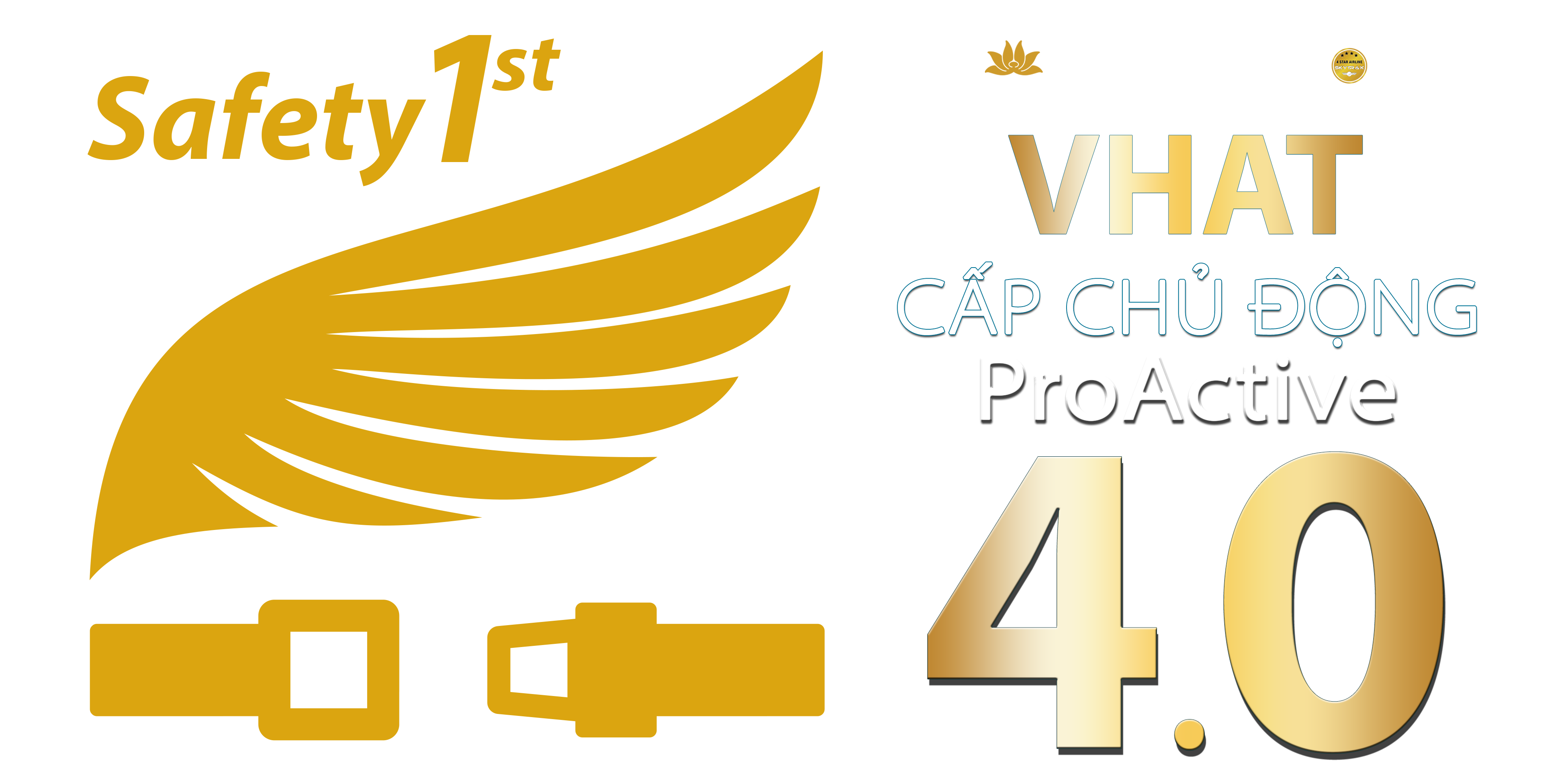SAFETY BEHAVIOUR DEFINITIONS
Just Culture Definition Tree
Following the feedback generated from various stakeholders in operation safety and the most widely implemented Just Culture models in the global aviation industry, the below simplified Just Culture Definition Tree has been developed to best demonstrate safety behaviour definitions of Vietnam Airlines’ Just Culture.

Fig. 1. Just Culture safety behaviour definition model
Just Culture safety behaviour definitions
A. Positive behaviour

Fig 2. Positive behaviour definition tree
A positive behaviour is considered as such when it generates positive benefits to the organisation. All good activities, assignments and behaviour should be recognised and rewarded.
All good behaviours are divided into 2 categories:
- Transformation behaviour
- Working the system behaviour
A.1. Transformation
Transformation behaviour generates actions that help the company move forward in redesigning, improving, or even transforming the system for the future.
An employee can be evaluated if he/she was actually improving the system as a whole, or that he/she did something extraordinarily well that does not fit in any of the other categories. This behavior category is especially recognized and rewarded in safety operations.
A.1.1. Exceptional behaviour
An employee has managed to perform something exceptional. Exceptional performance within a safety culture framework means that someone has acted with unusual skill or courage to bring an unexpected situation that posed great risk back into the safety zone, or demonstrated great anticipation to avoid such a situation. It is very closely related to “resilience”, whereby people are willing to act on an anomaly even before they made a full diagnosis, and demonstrate that they are able to act correctly at great speed and under the guidance of swift negative feedback.
Exceptional behaviour also indicate an activity that takes place even in the context of the overall Safety Management System. This means that a person has reached out, or intervened to “lend the system a hand” where it fell short.
International Example: After departure, US Airways Flight 1549, the Airbus A320 ingested several geese and the engines stopped. The captain decided to land on the (icy-cold) river Hudson and made a perfect splash-down. There were no fatalities. The captain was later heralded as hero and received several commendations. Interestingly, capt. Sullenberger (a.k.a ‘goose killer’), when he was serving in the Air Force, was a member of an aircraft accident investigation board. It was said that his experience as a glider pilot had helped landing the aircraft safely on the water.
VNA Example: VNA Flight crew handled an engine failure incident
During flight VN580 SGN-KHH, flight crew heard a loud explosive noise on the left of the aircraft. However, all engine parameters were still in acceptable operation range. After a few minutes, another loud noise was heard and the alert “ECAM ENG1 STALL” came on. The crew proceeded to calmly handle the incident following due procedures, with the technical assistance on frequency VHF1297 and in conjunction with ground control. During the process, another alert – “ENG1 EGT OVER LIMIT” came on. The flight crew then turned off engine 1 and announced PAN PAN call. After thorough evaluation of the situation, the crew decided to return to SGN. Throughout the whole incident, the head attendant kept all passengers calm and informed everyone that the situation was under control. The flight crew proceeded with Overweight Landing Procedure for the situation. Landing was good and all passengers were safe at SGN airport.
A.1.2. Improving the system behaviour
An individual demonstrating improving the system behaviour effectively must display a high level of skill. This is recognised and rewarded, not just for the individual but also because sets a model for other people as how they can apply their expertise and insight to help everybody improve.
Effectively improving a system requires three elements to be in place:
- Actual working knowledge of the present system, how it works and what it does.
- Insights into where the system falls short or could be optimized.
- An effective development and implementation of the improvement, making sure the system actually improves instead of accidentally getting worse.
In an organisation demonstrating a high level Just Culture, rewards for “improving the system behaviour” is the norm rather than the exception. This is necessary to foster continuous, well considered improvements.
This type of behaviour is rewarded actively on the workfloor. All improvement suggestions should be complimented and taken seriously (which some can sometimes seem silly in the first instance). Reward it with recognition, appreciation, resources and attention from management, and in exceptional cases, an option in career-development program.
| International Example: One US airline saved over one hundred million dollars in a single year by using FOQA data to explain the causes of engine Exhaust Gas Temperature (EGT) exceedances. This allowed the engine to stay on wing, in service, for a longer time. This same operator was able to use combined FOQA and ASAP data to show the FAA of the need to redesign an instrument approach to reduce excessive descent rates. LOSA subsequently verified the 6 effectiveness of the improved approach (Capt. Cox, 2005). |
VNA Example: During maintenance of aircraft, technical staff must always follow the checklist during work (Eg: A321 PREFLIGHT AND TRANSIT CHECK PROCEDURE). To assist technical staff, a research team from HCM Airfield maintenance centre from VAECO has developed a mobile application for this purpose. This app has provided much assistance to technicians, removing the needs to use paper notes and sometimes having to work from memory. This app has also shown effectiveness in addressing safety concerns named by the CAA in their maintenance activity evaluation in 2018. |

